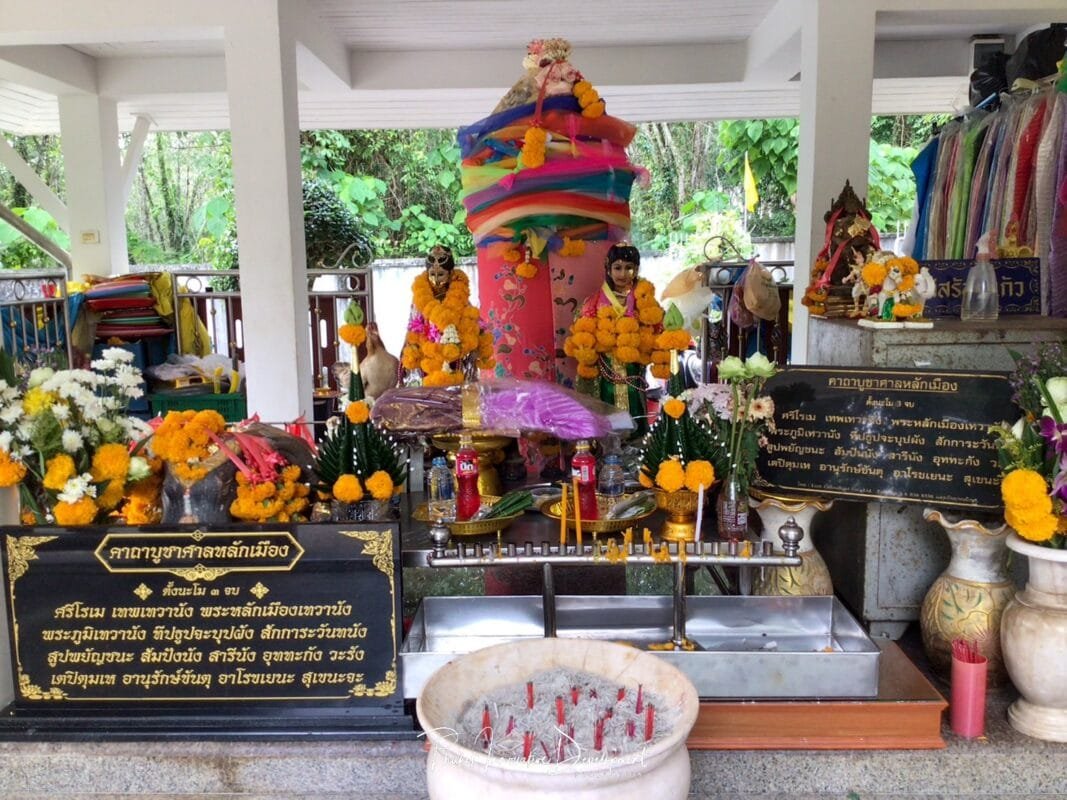
The city’s main pillar shrine refers to the sacred place of the spirit that protects the city to ensure its safety, defending the city against various external threats, and safeguarding the people.
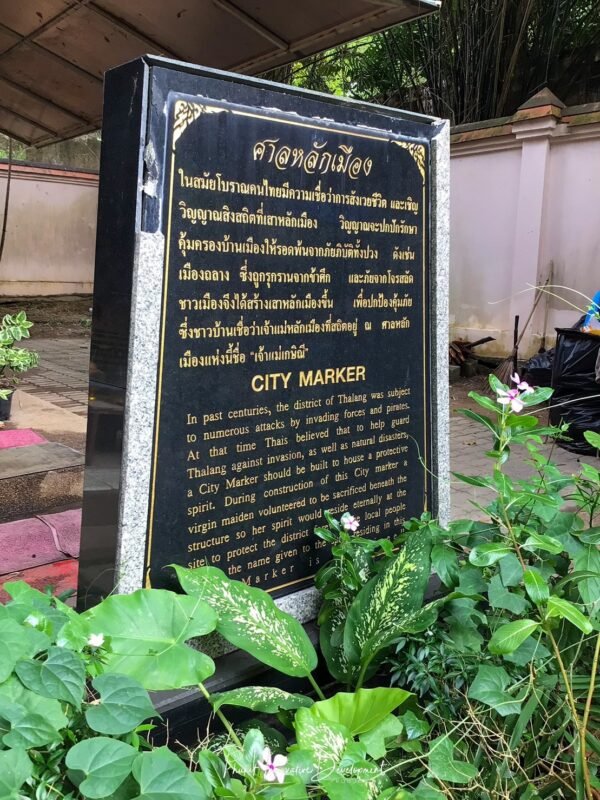

In ancient times, it was believed that the ceremony of constructing a city or building a town required burying charms at the four city gates. This involved burying the city’s main pillars and the main pagoda pillars. Living individuals were placed in the pits to serve as guardians of the town’s great pagoda, protecting against external threats and preventing illnesses and fevers from affecting the ruling monarch of the city. To conduct this ceremony with sanctity, individuals with the names In, Chan, Man, and Kong had to be buried in the pits. The ritual involved seeking those individuals through divination, and when the city lord called the names In, Chan, Man, and Kong, whoever responded would be taken and buried in the pit.

The pit of the city’s main pillar would have a large crossbeam hoisted above it at an appropriate height. This crossbeam was tied with two ropes at each end, allowing the pillar or post to hang horizontally. As for the main city pillar, it would be suspended vertically. When the designated day arrived for the ceremony, the captured evildoer would be nurtured and indulged, then paraded to the pit. The ruler would command all individuals to guard the city gates, and the news would be broadcast to inform the public. As people gathered to witness the event, and when the appointed time arrived, the ropes would be cut, causing the pillar to fall and crush the selected individual in the pit, thus fulfilling the prescribed punishment.

Ancient people believed that those evildoers would transform into supernatural beings called “Phi Raat,” and wealthy individuals would employ this method on their slaves to turn them into guardian spirits for buried treasures.
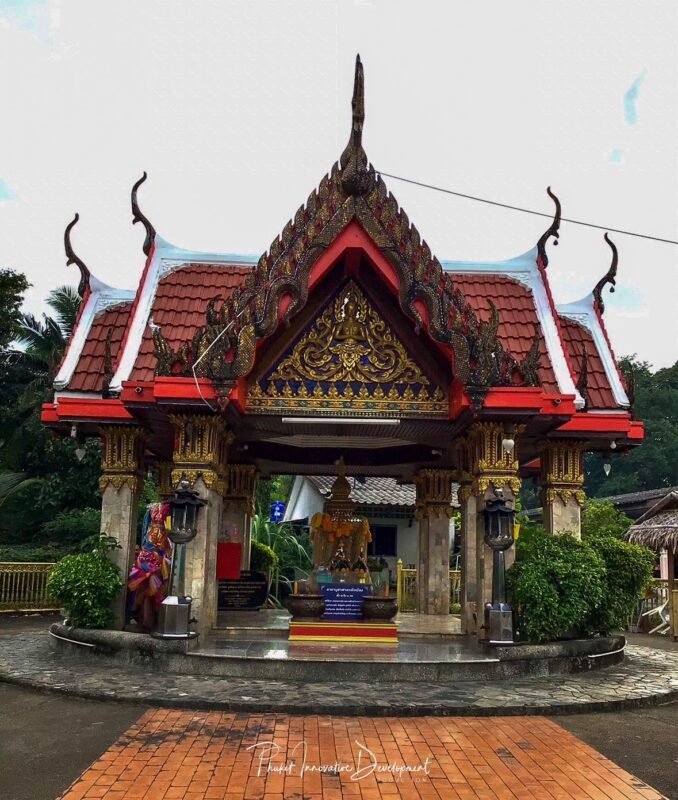
The person selected to be buried as a guardian spirit for the city and royal palace must be chosen based on characteristics specified by divination. They should not be a criminal deserving of punishment; instead, individuals of various ages, from the elderly to young girls and boys, are eligible. Everyone must have an esteemed status within the community and must conform to the guidelines set by divination. For males, they must not have tattoos, and for females, their ears must not be pierced. When selected, they bid farewell to their family, and then they are taken to the pit. The family members receive royal rewards or honorary titles for their sacrifice.
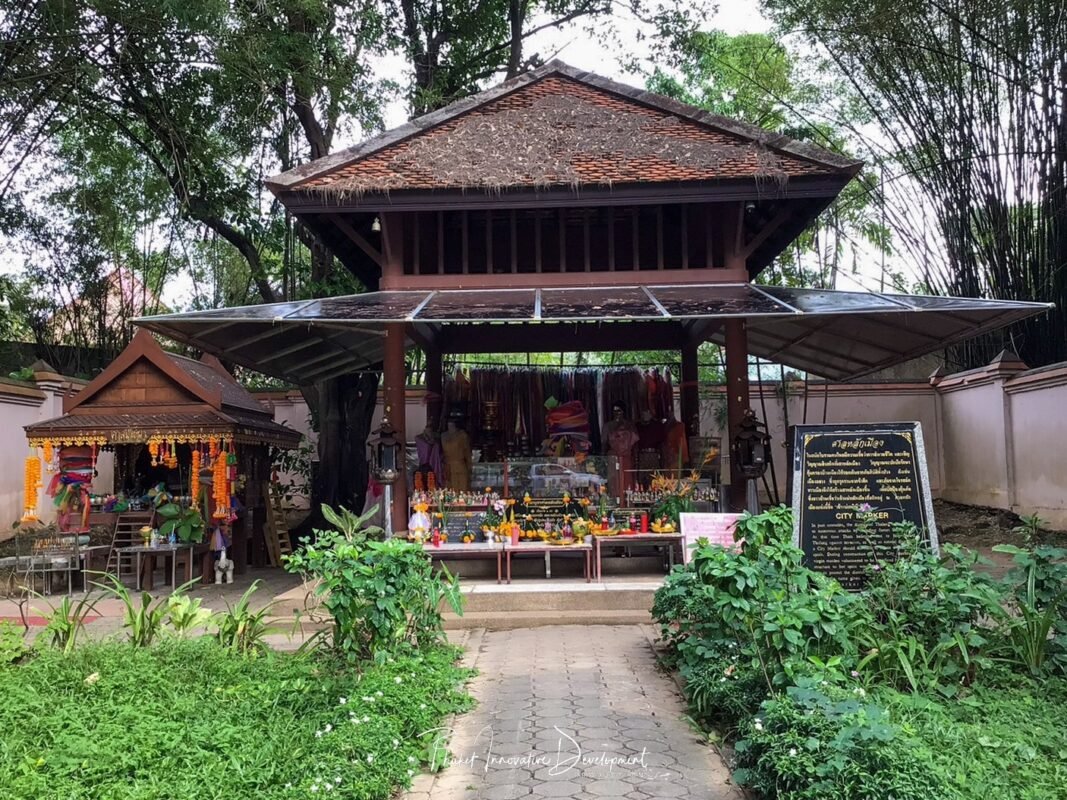
However, the belief in the practice of burying individuals as described is understood to be a narrative passed down through generations, often without concrete evidence and not to the extent that it is documented as a historical fact. One example found is the mention of the city pillar burial in Thalang City, as recorded in the book “History of Phuket Province Celebrating the 25th Buddhist Century.” In the year 2500 B.E. (1957 C.E.), it mentioned the burial of the city pillar in one section as follows:
When Thao Thep Krasattri and Thao Sri Sunthorn arrived at the sacred ceremony, Phraya Thalang (Thongpoon) became the ruler of Thalang. He arranged for a new city to be built and agreed to establish it at the present-day Tambon Thaep Krasattri, Thalang District, called “Ban Mueang Mai” or “New City.” After securing the location, a ceremony was conducted to bury the city pillar, with the participation of 32 monks chanting religious scriptures for seven days and seven nights. Subsequently, the district chief led the inquiry to find the person who would become the city’s main pillar, stipulating that the chosen individual must be a four-eyed, four-eared pregnant woman.
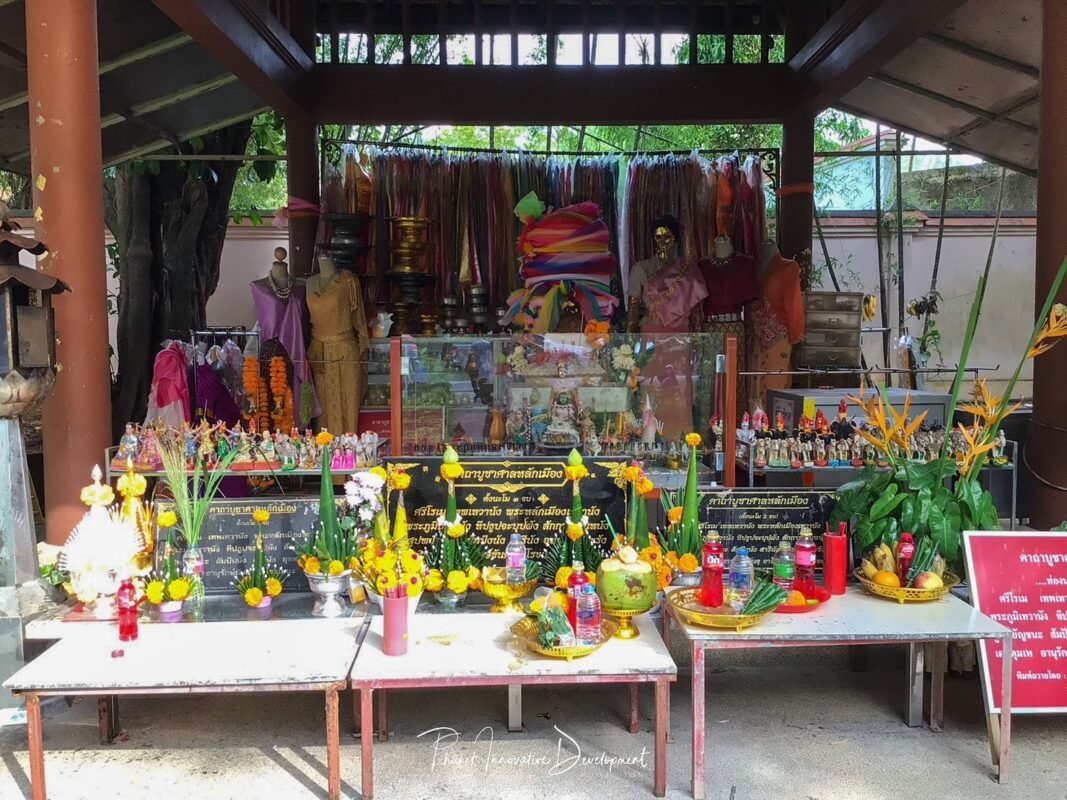

The announcement seeking the main pillar continued throughout every village, calling out repeatedly, “Oh, virtuous lady, oh, noble lady, wherever you are, come forth.” Eventually, a pregnant woman named Nang Nak, who was about eight months pregnant, responded three times. She followed the announcer to the designated site during the twilight hours. When they reached the pit for burying the city pillar, Nang Nak immediately leaped into the pit, and its opening closed behind her. The officials then covered the pit, completing the ceremony of burying the city pillar.
According to the aforementioned story, it is not found in the royal chronicles. The narrative was likely created based on oral traditions or borrowed from the story of “Rachathirat,” where the princess constructed a pagoda as part of the city pillar burial ceremony. One passage in “Rachathirat” mentions:
But on an auspicious day, collectively seeking auspicious signs, they performed a quasi-auspicious ritual around midday. When a pregnant woman approached the pit, everyone concluded that the auspicious moment had arrived. They then pushed the woman into the pit and lowered the city pillar into the hole.
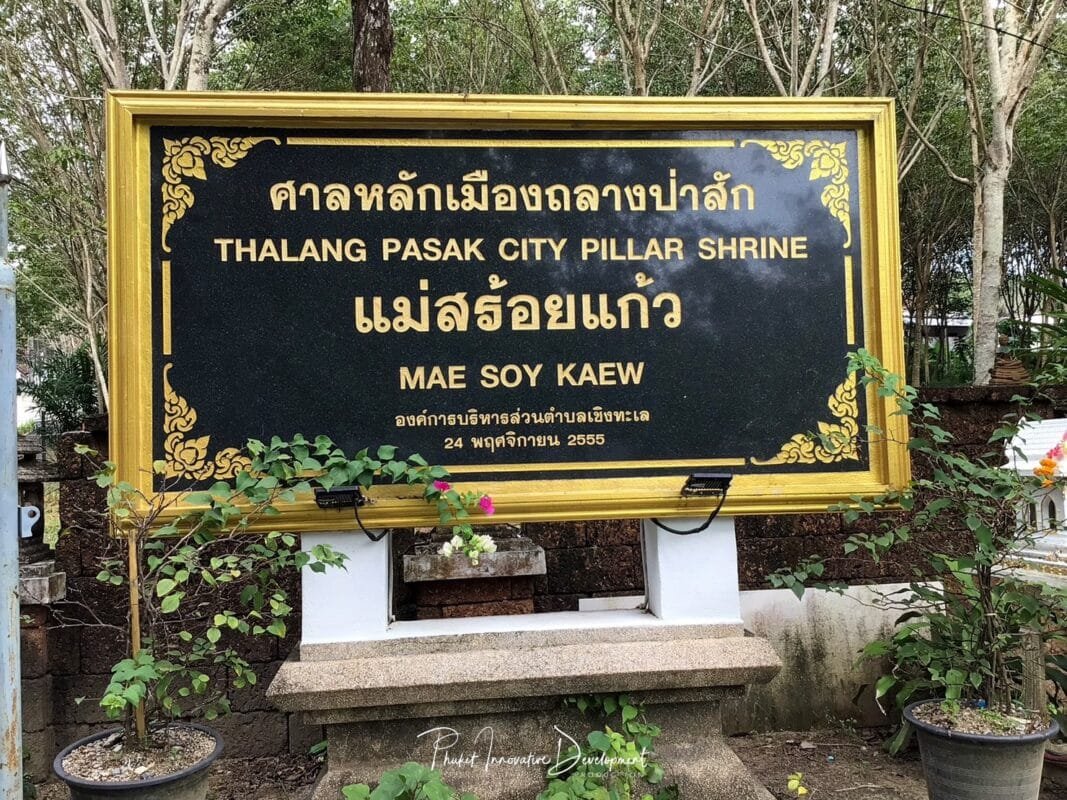
Sometimes, it could be a case like this where people take the story, embellish it, and end up misunderstanding that burying the city pillar or city gates involves burying pregnant women or individuals named In, Chan, Man, and Kong. This misunderstanding may arise because the term is not commonly understood by non-Thai speakers, leading to various explanations being written and circulated.
According to the manual for the royal ceremony of burying the city pillar, also known as the “Tamra Phra Ratcha Phithi Nakhon Tharn”, there are several ancient versions. These manuals comprehensively detail the procedures from the beginning to the end without mentioning individuals named In, Chan, Man, or Kong, or pregnant women. Instead, the focus is on taking soil from all four directions and molding it into shapes resembling mace fruits. Assuming it represents the four elements: earth, water, fire, and air, individuals holding each soil lump stand at the four cardinal points. During the ceremony, the elders inquire about the properties of each soil lump, and the individuals holding the soil respond sequentially, specifying the characteristics attributed to each element.

1.The person holding the earth element responds that it is blessed to maintain the prosperity of the capital with a well-planned and harmonious urban development, catering to the needs of the people from primary education to adulthood.
2.The person holding the water element replies that it is blessed to grant prosperity, longevity, happiness, and well-being to His Majesty the King, the royal family, and all loyal subjects, extending auspiciousness to everyone.
3.The person holding the fire element answers that it is blessed to provide strength and courage to the entire military force, fostering valor and prowess for the soldiers in battle.
4.The person holding the air element responds that it is blessed to bestow prosperity, wealth, wisdom, and various accomplishments in commerce and industry, as well as in arts and sciences.
After completing the responses, the soil lump is placed into the pit. The ceremonial plate is then invited to descend into the pit, followed by placing the city pillar on top of the ceremonial plate. The celestial beings are invoked to guard the city pillar. The rest depends on our own judgment as to whether the establishment of the city pillar in Phuket involves the actual burial of individuals or not. (Reference: The group of individuals interested in the history of Phuket city)

Usually, each province has only one provincial city pillar shrine. However, Phuket province has up to four provincial city pillar shrines, each named after a guardian spirit, all of which are female. These shrines are constructed using the strongest and most robust wooden pillars.
1.The City Pillar Shrine of the New City or Mae Juang City Pillar Shrine is located at Ban Muang Mai, right at the main pillar along Thep Krasattri Road. The shrine was originally constructed during the reign of King Rama III in 1809. However, the present pillar is a newly built one, replacing the old pillar. This replacement took place during the celebration of the 200th anniversary of Thalang’s heroic women in the year 1985. The pillar is situated within a two-story pavilion adorned with traditional Thai patterns in wire art on the front side. The four sides of the pillar are polished stones, and the shrine faces west. The pathway leading to the shrine is paved with soft stones. This shrine is popular for seeking blessings related to career advancement or enhancing authoritative power.
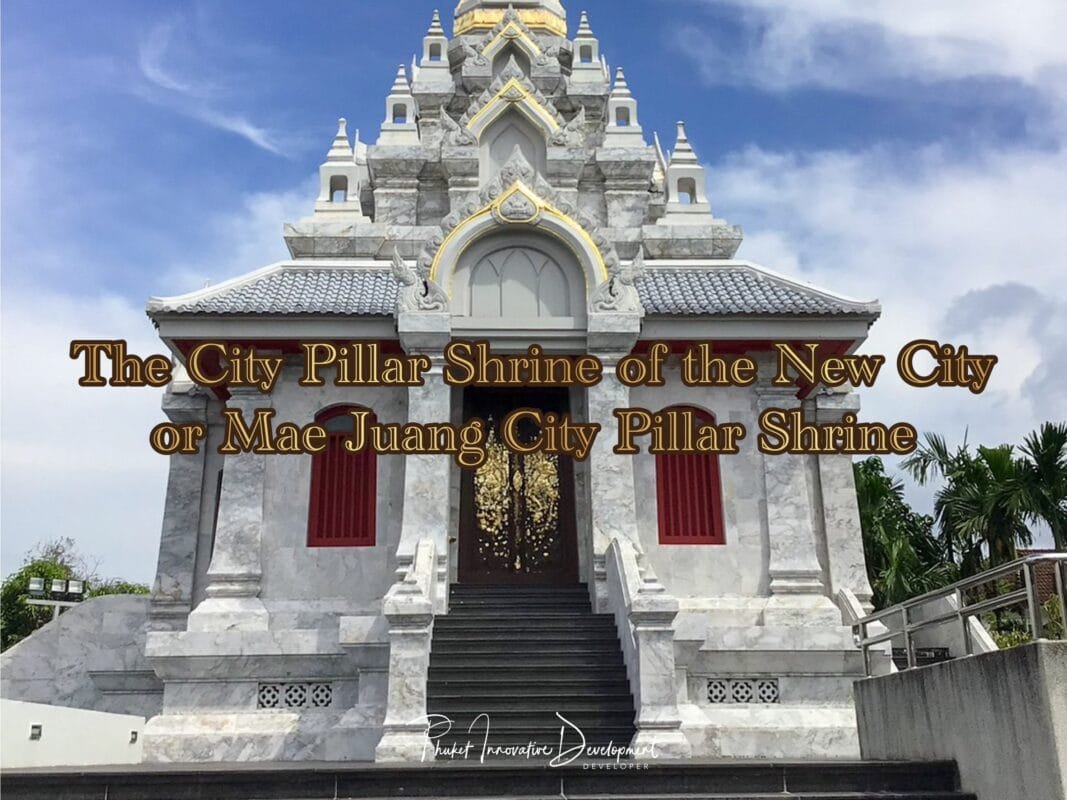
2.The City Pillar Shrine of Tha Ruea, or Mae Duang City Pillar Shrine, is situated at Ban Tha Ruea, Tambon Sri Sunthorn. It is a one-story pavilion with a roof adorned with sky-blue designs and gable decorations. The front side features a sculpture of the deity Phanom, and the entire pavilion floor is paved with soft stones. At this shrine, there is a one-person rowboat with oars, believed to be the vessel that the City Pillar Goddess used in a dream in ancient times. Legend has it that she asked for a boat to navigate through the area when it was still adjacent to the sea. The shrine faces east, and its history dates back more than 2000 years. It is commonly visited for blessings related to career, love, and fertility.

3.The City Pillar Shrine of Pa Sak, or Mae Soi Kaew City Pillar Shrine, is located at Wat Rang Pa Sak (Wat Phra Khao) along the coastal route to Baan Don. Upon entering the temple area, there is a shrine with a pillar, featuring a front facade adorned with a sculpture of the deity Phanom. This shrine faces north. In ancient times, the area around this shrine used to be a habitat for wild animals. It is commonly visited for blessings related to competitions and victories, such as in elections and sports events.
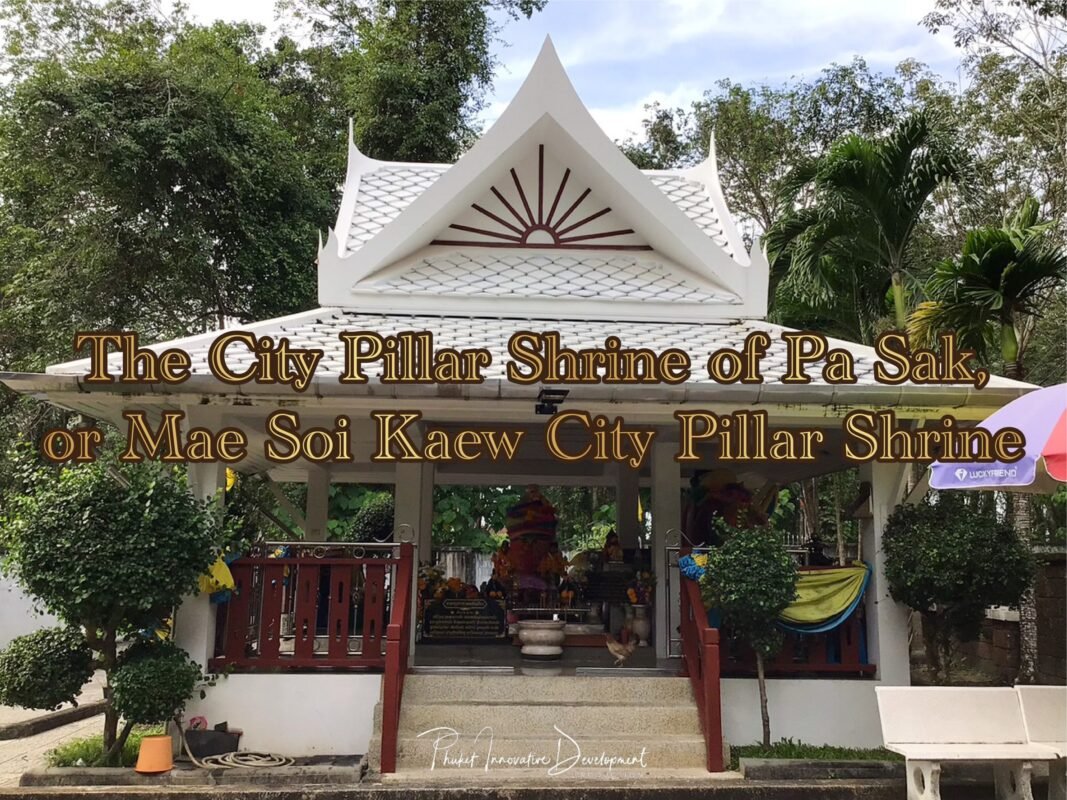
4.The City Pillar Shrine of Lay Phang, or the City Pillar Shrine of Mae Kaesinee, is located in Moo 4, Tambon Cherng Talay, near Lay Phang Beach, next to the Banyan Tree Resort. The City Pillar Shrine in this area is adorned with flowers and beautiful trees. The City Pillar Goddess here is renowned as “Chao Mae Kaesinee.” Local residents recommend seeking any kind of blessing from her with the understanding that a single request is sufficient.
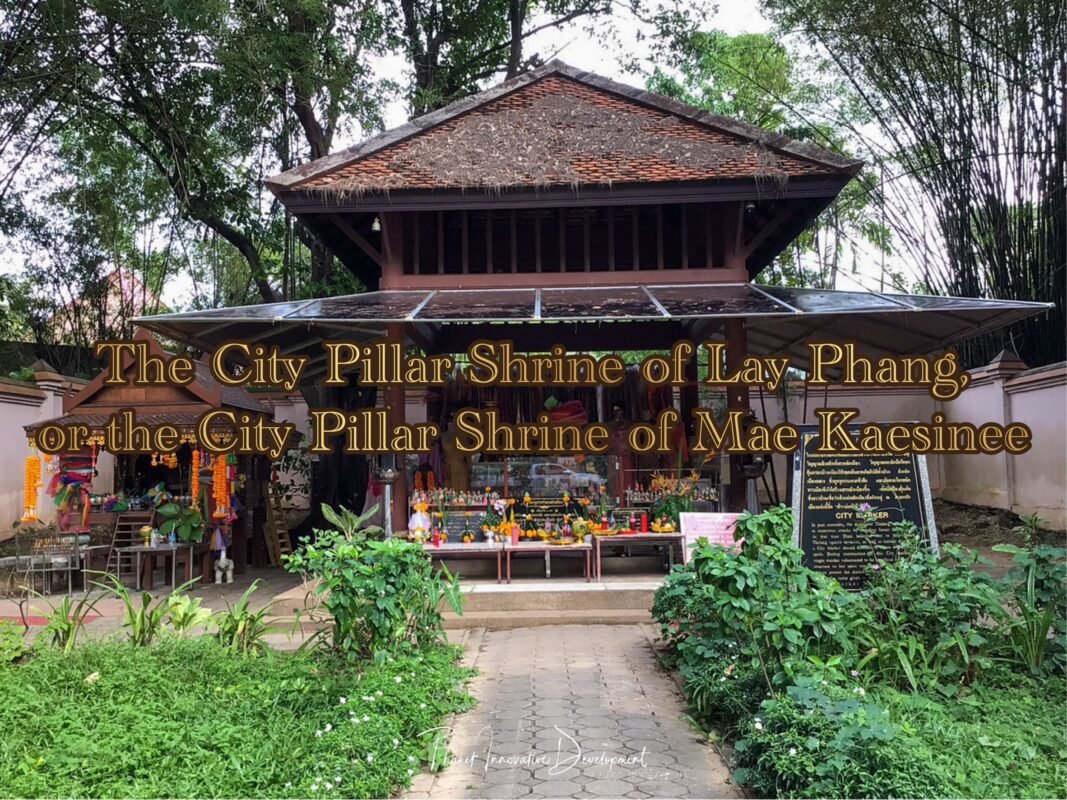
From the locations and orientations of the shrines, it can be observed that the City Pillar Shrine at Tha Ruea faces north, the City Pillar Shrine in Muang Mai faces west, the City Pillar Shrine at Pa Sak faces north, and the City Pillar Shrine at La Phang faces towards the sea in the west. Therefore, it is deduced that each shrine’s position serves as genuine protection for the city of Thalang.
